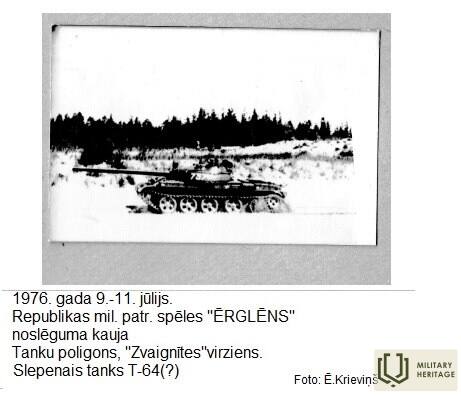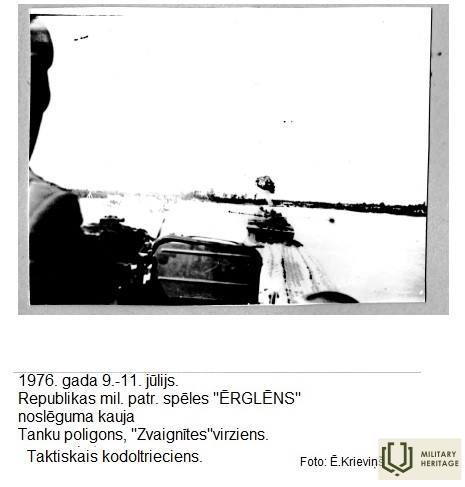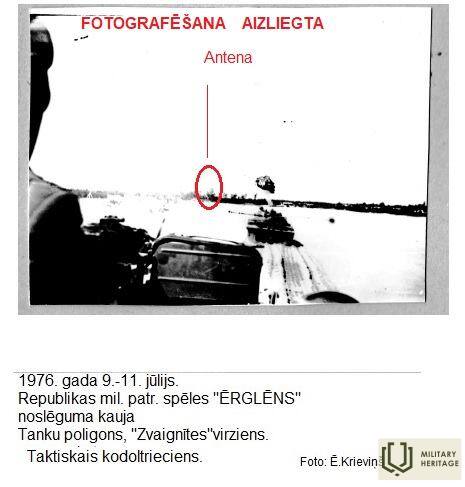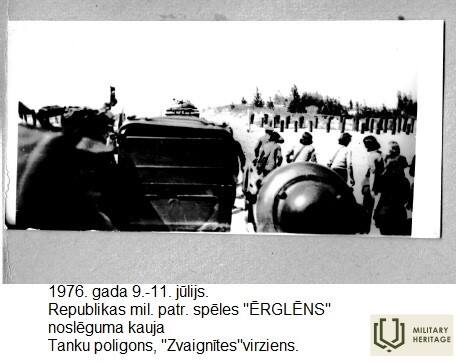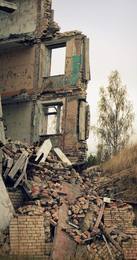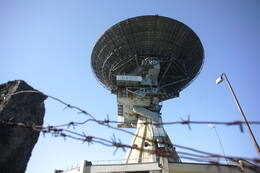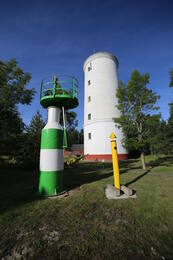July 1976 military-patriotic games at the “Orlenok” tank training ground near Irbene
July 1976 military-patriotic games "Orlenok" at the tank training ground near Irbene, in which 17-year-old Evalds Krieviņš participated and secretly photographed the games, equipment and even the Irbene antenna with a Sme8M camera
This story is about the time when the closing ceremony of the Latvian SSR "ĒRGLĒNA" took place in Ventspils. Ē. Krieviņš had spoken at a conference on military-patriotic work in the 2nd Stucka district. and in early July 1976, 17-year-old Ē. Krieviņš received an assignment from the director of the Stucka district Pioneer House to go to the closing ceremony of the Latvian SSR "ĒRGLĒNA" in Ventspils as an observer. The participants lived on a stage, in tents, but the events took place at the tank "učebka" base. The closing ceremony and the conference took place at the cultural center "Jūras vārti".
The commander of the Republic ""ĒRGLĒNA"" Major General N. GROŠEVS presented E. Krieviņš with the USSR title "Друг Зарницы" (Drug zarnicy) (Latvian: "Friend of the Pioneer Military Patriotic Game "Kāvi").
The final training battle took place at the tank training ground. E. Krieviņš was in the BTR-60P "salon" behind the machine gunner, an army captain. In the distance, Antena was visible above the pine trees. A mushroom cloud of a nuclear explosion appeared in its direction. The attack stopped, but after a few minutes the tanks began to move. When they approached Antena, the BTR turned sharply to the right and left in a column .... Taking pictures was prohibited.
The relatively new T-64 tanks were demonstrated.... Ē. Krieviņš had completed the 10th grade and was the commander of the state "Kāvu" (pioneer) battalion for 4 years. A "Excellent" cavalier of "Kāvu" and "Ērglēns".
Related timeline
Related objects
Zvaigznīte - Irbene military buildings
The 200-hectare site was once a top-secret military base occupied by military unit 51429.
Oviši Lighthouse and Soviet border guard
Oviši Lighthouse is located in the Tārgale parish in a village called Oviši on the coast of Kurzeme. It was built in 1814 and it is the oldest lighthouse in Latvia. The height of Oviši Lighthouse tower is 37 m. The lighthouse has a double-cylinder design: its diameter is 11.5 m, but within the stone wall there is a second tower with a diameter of 3.5 m. Such double-cylinder lighthouses were used also as defensive structures in the 18th-19th century Europe in case of enemy attacks. The Oviši Lighthouse Museum is considered to have the largest collection of lighthouse equipment and maritime navigation items among all Latvian lighthouse museums. When the weather is right the Irbe Lighthouse can be seen from Oviši Lighthouse.
At the end of World War II, the headquarters of the Beminger Battalion of the German Army was located near the Oviši Lighthouse along with the 4th Battery of the 530th Naval Artillery Division with several anti-aircraft guns. It is said that there was a radio direction finder and an infrared ray detection station Donau Gerät located at the foot of the lighthouse. A Soviet border guard post was once located near the lighthouse, but none of the Soviet-era buildings have survived. The Oviši station building is still located in the territory of the lighthouse.




